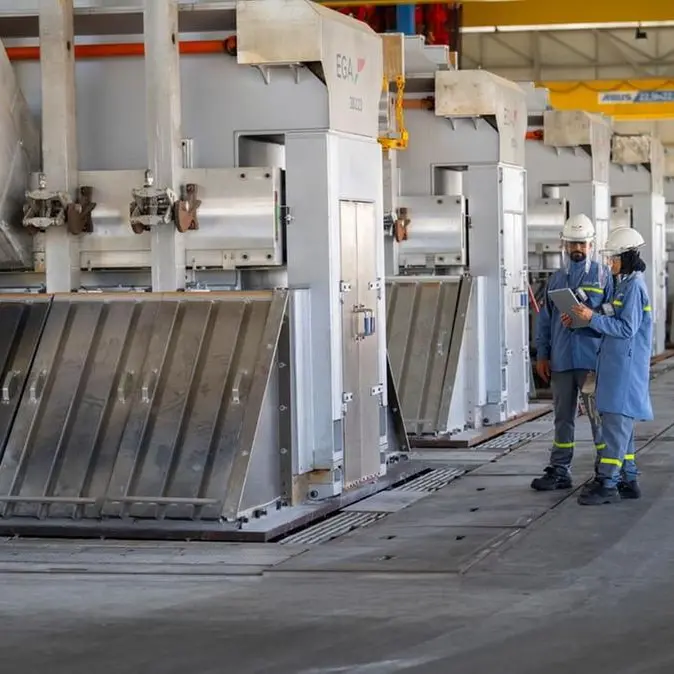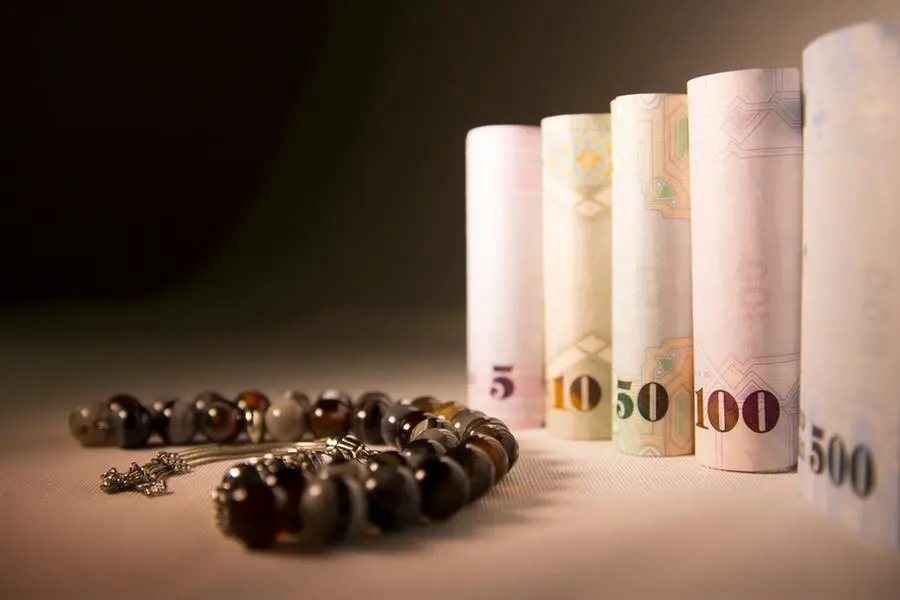PHOTO
Oman Central Bank Governor Hamood Al-Zadjali speaks during the Capital Markets Conference in Doha
12 July 2016
Muscat - While ruling out any intention to de-peg Omani rial to the US dollar, the Central Bank of Oman (CBO) said it uses only a fraction of the foreign reserves daily. "The maintenance of the peg is a crucial indicator of the credibility of monetary policy, and subsequently financial stability. The peg system in the Sultanate remains intact. The system has been serving the Sultanate's needs for a long period of time, and the government has no intentions to de-peg it," the apex bank said. The CBO manages liquidity to ensure the exchange rates remain fixed.
"The primary objective is to maintain a fixed exchange rate of the Omani rial to the US dollar. Thus, the maintenance of the peg is a crucial indicator of the credibility of the monetary policy," the CBO said in its annual report.
From April 2003 to December 2015, on average, the CBO needed around 24 per cent of its reserves to keep the exchange rate peg. The fraction increased to about 30 per cent after the fall in oil prices.
This suggests that US dollar reserves are adequate to maintain the value of the currency and financial stability, the CBO said.
"This is done by managing liquidity. It makes sure that there is an adequate quantity of US dollar reserves such that, given the amount of rial available (the money base), the exchange rate is fixed at a rate equal to 0.3845," the report pointed out.
At the same time, the report said the interest rate policy in Oman is also implemented via sustaining the peg.
The CBO, however, also has a corridor where the short-term interest rate fluctuates within. This corridor has a borrowing/lending rate equal to 1 per cent or LIBOR plus 50 basis points, whichever is higher, hence 1 per cent. The deposit rate is determined by the certificate of deposit rate, which is about 0.1 per cent.
Similarly, banks do not want to borrow at a rate higher than the CBO's 1 per cent rate, and do not want to deposit elsewhere at a rate lower than 0.1 per cent. The overnight interbank interest rate is determined by the demand and supply conditions in Oman and tied to the US federal fund rate. The CBO does not set this rate. Because of the peg, this rate must be set with reference to the US federal fund rate. "Therefore, the overnight interbank rate must fluctuate within these two limits. However, the CBO cannot set an overnight interest rate like the Fed because the exchange rate peg to the US dollar requires the short term interest rate to be equal (over very close) to the US federal fund rate", the report added.
Muscat - While ruling out any intention to de-peg Omani rial to the US dollar, the Central Bank of Oman (CBO) said it uses only a fraction of the foreign reserves daily. "The maintenance of the peg is a crucial indicator of the credibility of monetary policy, and subsequently financial stability. The peg system in the Sultanate remains intact. The system has been serving the Sultanate's needs for a long period of time, and the government has no intentions to de-peg it," the apex bank said. The CBO manages liquidity to ensure the exchange rates remain fixed.
"The primary objective is to maintain a fixed exchange rate of the Omani rial to the US dollar. Thus, the maintenance of the peg is a crucial indicator of the credibility of the monetary policy," the CBO said in its annual report.
From April 2003 to December 2015, on average, the CBO needed around 24 per cent of its reserves to keep the exchange rate peg. The fraction increased to about 30 per cent after the fall in oil prices.
This suggests that US dollar reserves are adequate to maintain the value of the currency and financial stability, the CBO said.
"This is done by managing liquidity. It makes sure that there is an adequate quantity of US dollar reserves such that, given the amount of rial available (the money base), the exchange rate is fixed at a rate equal to 0.3845," the report pointed out.
At the same time, the report said the interest rate policy in Oman is also implemented via sustaining the peg.
The CBO, however, also has a corridor where the short-term interest rate fluctuates within. This corridor has a borrowing/lending rate equal to 1 per cent or LIBOR plus 50 basis points, whichever is higher, hence 1 per cent. The deposit rate is determined by the certificate of deposit rate, which is about 0.1 per cent.
Similarly, banks do not want to borrow at a rate higher than the CBO's 1 per cent rate, and do not want to deposit elsewhere at a rate lower than 0.1 per cent. The overnight interbank interest rate is determined by the demand and supply conditions in Oman and tied to the US federal fund rate. The CBO does not set this rate. Because of the peg, this rate must be set with reference to the US federal fund rate. "Therefore, the overnight interbank rate must fluctuate within these two limits. However, the CBO cannot set an overnight interest rate like the Fed because the exchange rate peg to the US dollar requires the short term interest rate to be equal (over very close) to the US federal fund rate", the report added.
© Oman Daily Observer 2016





















